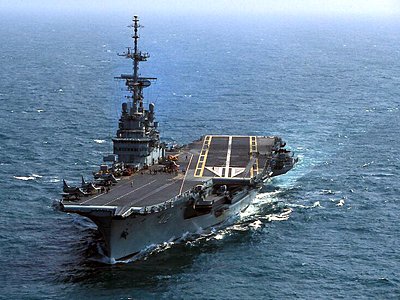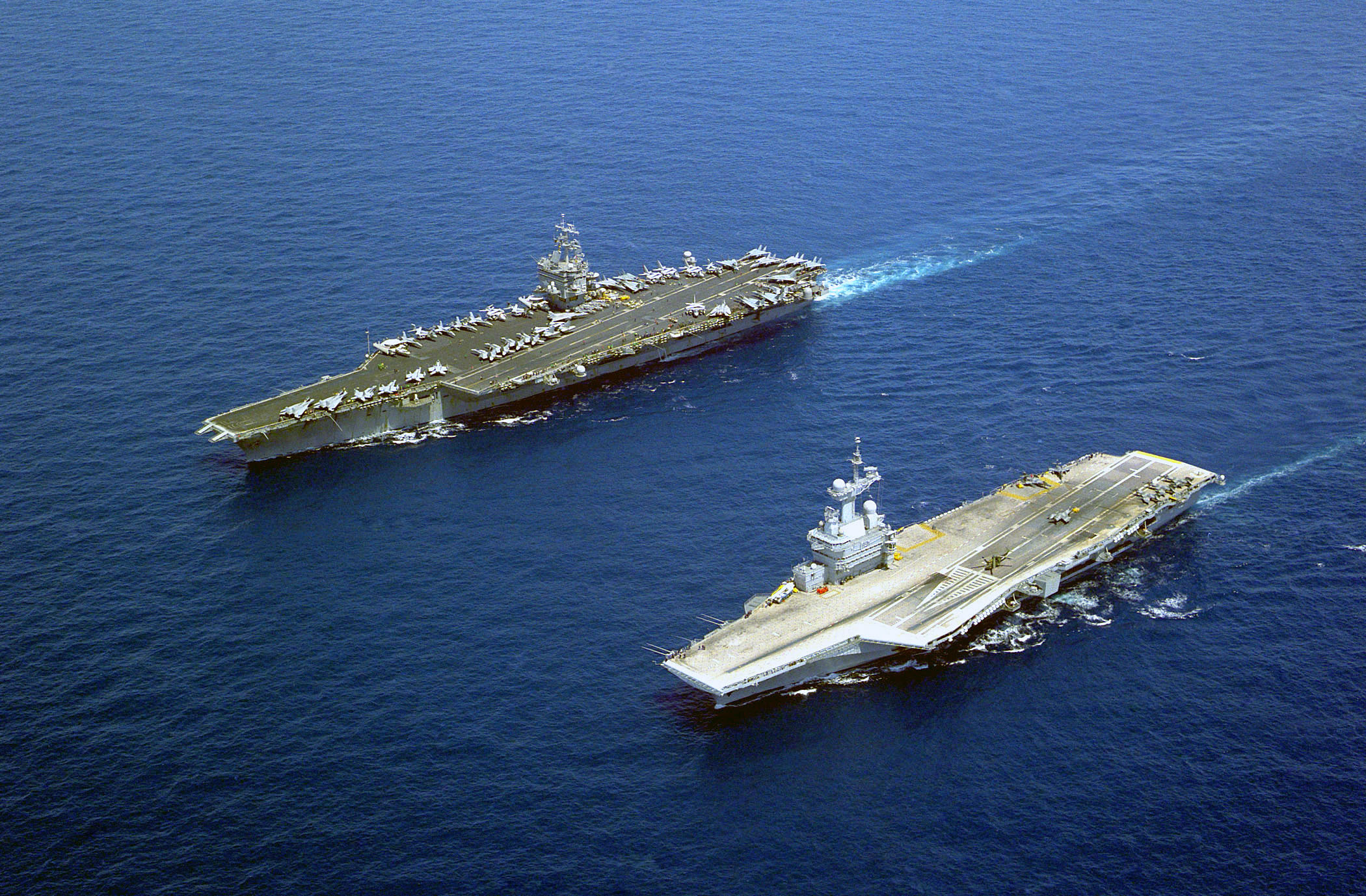Fleet carrier on:
[Wikipedia]
[Google]
[Amazon]

 A fleet carrier is an aircraft carrier designed to operate with the main fleet of a nation's
A fleet carrier is an aircraft carrier designed to operate with the main fleet of a nation's

 A fleet carrier is an aircraft carrier designed to operate with the main fleet of a nation's
A fleet carrier is an aircraft carrier designed to operate with the main fleet of a nation's navy
A navy, naval force, or maritime force is the branch of a nation's armed forces principally designated for naval and amphibious warfare; namely, lake-borne, riverine, littoral, or ocean-borne combat operations and related functions. It in ...
. The term was developed during World War II
World War II or the Second World War, often abbreviated as WWII or WW2, was a world war that lasted from 1939 to 1945. It involved the World War II by country, vast majority of the world's countries—including all of the great power ...
, to distinguish it from the escort carrier
The escort carrier or escort aircraft carrier (U.S. hull classification symbol CVE), also called a "jeep carrier" or "baby flattop" in the United States Navy (USN) or "Woolworth Carrier" by the Royal Navy, was a small and slow type of aircraft ...
and other less capable types. In addition to many medium-sized carriers, supercarriers, as well as some light carriers, are also classed as fleet carriers.
History
Aircraft carriers were designed in the years betweenWorld War I
World War I (28 July 1914 11 November 1918), often abbreviated as WWI, was List of wars and anthropogenic disasters by death toll, one of the deadliest global conflicts in history. Belligerents included much of Europe, the Russian Empire, ...
and World War II
World War II or the Second World War, often abbreviated as WWII or WW2, was a world war that lasted from 1939 to 1945. It involved the World War II by country, vast majority of the world's countries—including all of the great power ...
. Flight decks were installed on several different types of ships to explore the possibilities of operating naval aircraft without the performance limitations of flotation devices required for seaplane
A seaplane is a powered fixed-wing aircraft capable of taking off and landing (alighting) on water.Gunston, "The Cambridge Aerospace Dictionary", 2009. Seaplanes are usually divided into two categories based on their technological characteri ...
s and flying boats. The most successful of these early aircraft carriers were built from battlecruisers. Battlecruisers typically had a speed of about , which was several knots faster than the speed of contemporary battleships. Additional speed was not necessary for maintaining station with the battle fleet, but enabled the carrier to catch up with the battle fleet after temporarily leaving formation to turn into the wind for launch or recovery of aircraft. The speed of the carrier during launch effectively decreased the takeoff distance for embarked aircraft, so faster carriers could operate heavier aircraft with greater range and superior combat capability. As such naval aircraft became operational, no nation could risk fielding less capable aircraft; so the speed of later purpose-designed aircraft carriers was set by the speed of the converted battle cruisers. The Washington Naval Treaty of 1922 limited the displacement of purpose-designed aircraft carriers to 23,000 tons.
The idea of a modern fleet carrier was developed in 1931 by Admirals J.J. Clark and Harry E. Yarnell
Admiral Harry Ervin Yarnell (18 October 1875 – 7 July 1959) was an American naval officer whose career spanned over 51 years and three wars, from the Spanish–American War through World War II.
Among his achievements was proving, in 1932 war g ...
of the United States Navy
The United States Navy (USN) is the maritime service branch of the United States Armed Forces and one of the eight uniformed services of the United States. It is the largest and most powerful navy in the world, with the estimated tonnage ...
. Fleet carriers, instead of operating as scouts for the fleet, would operate in unison with the fleet, to ward off air attacks and to strike opposing forces from the air. Cruisers and destroyers would protect fleet carriers. The fleet carriers would then displace battleships as the preeminent assets of the surface fleet. A fleet carrier would carry more than 50 aircraft, and be fast enough to keep up with other major elements of the fleet, such as cruisers and battleships.
As combat experience demonstrated the importance of aircraft carriers, numerous ships were rapidly converted to operate aircraft during World War II; and it became important to differentiate ships with the speed and size allowed by the Washington Naval Treaty from ships that were slower and/or carried fewer aircraft. Ships of similar speed carrying fewer aircraft were identified as light aircraft carriers (CVL) and ships of lower speed became known as escort aircraft carriers (CVE). Fleet aircraft carrier became the term to distinguish front-line aircraft carriers from the generic description of any warship carrying aircraft.
In the post-war era, the United States Navy sought to give aircraft carriers a strategic bombing capability in addition to their tactical role. The largest bombs carried by carrier aircraft during the second world war had been about but experience had indicated some hardened targets like submarine pens were impervious to bombs of less than . The fleet carriers of World War II were incapable of operating meaningful numbers of aircraft large enough to carry such heavy bombs over anticipated distances with performance characteristics to avoid defending aircraft. The term fleet carrier then evolved to differentiate the supercarriers designed for strategic bombing roles from the older fleet carriers delegated limited tactical roles like anti-submarine
An anti-submarine weapon (ASW) is any one of a number of devices that are intended to act against a submarine and its crew, to destroy (sink) the vessel or reduce its capability as a weapon of war. In its simplest sense, an anti-submarine weapo ...
(CVS) or amphibious warfare
Amphibious warfare is a type of offensive military operation that today uses naval ships to project ground and air power onto a hostile or potentially hostile shore at a designated landing beach. Through history the operations were conducted ...
(LPH).
Comparison of World War II fleet carriers
The following is not an exhaustive list, but does provide context by comparing some examples, from three types, of fleet carriers active during WWII.Embarked aircraft
The earliest carrier aircraft were designed as fighters, scouts and gunfire observers. Torpedo bombers were developed to slow enemy ships so friendly battleships might catch and sink them. Dive bombing tactics were developed as aircraft strength improved through the 1930s, but limited aircraft capacity encouraged production of dual-purpose fighter-bombers or scout-bombers rather than dedicateddive bomber
A dive bomber is a bomber aircraft that dives directly at its targets in order to provide greater accuracy for the bomb it drops. Diving towards the target simplifies the bomb's trajectory and allows the pilot to keep visual contact through ...
s. Japanese and American fleet carriers usually carried fighter squadrons, torpedo bomber squadrons, and dive bomber squadrons through World War II; but British fleet carriers were less likely to include a dive bomber squadron. The fleet carriers' longer range bombers were often used for the scouting role.
By the time of the Korean War
{{Infobox military conflict
, conflict = Korean War
, partof = the Cold War and the Korean conflict
, image = Korean War Montage 2.png
, image_size = 300px
, caption = Clockwise from top:{ ...
, the typical United States Navy fleet carrier embarked two squadrons of jet fighters, two squadrons of piston fighter-bombers, and a squadron of attack planes. Smaller numbers of specialized aircraft were also carried, including night fighters, night-attack bombers, and planes uniquely modified for aerial reconnaissance
Aerial reconnaissance is reconnaissance for a military or strategic purpose that is conducted using reconnaissance aircraft. The role of reconnaissance can fulfil a variety of requirements including artillery spotting, the collection of im ...
, airborne early warning and control (AEW), electronic countermeasure
An electronic countermeasure (ECM) is an electrical or electronic device designed to trick or deceive radar, sonar, or other detection systems, like infrared (IR) or lasers. It may be used both offensively and defensively to deny targeting info ...
s (ECM), and carrier onboard delivery (COD). When the supercarriers became operational, they carried a heavy attack squadron, two light attack squadrons, and two fighter squadrons with similar numbers of specialized aircraft, except the night fighters and bombers. As improved aircraft sensors became available, one or more full squadrons of fighters and bombers became capable of night operations.
Early United States 21st-century fleet carriers typically embarked 45 McDonnell Douglas F/A-18 Hornet aircraft for traditional fighter, attack and ECM roles with twelve Sikorsky SH-60 Seahawk helicopters, four Northrop Grumman E-2 Hawkeye AEW aircraft and two Grumman C-2 Greyhound COD aircraft.
See also
*Escort carrier
The escort carrier or escort aircraft carrier (U.S. hull classification symbol CVE), also called a "jeep carrier" or "baby flattop" in the United States Navy (USN) or "Woolworth Carrier" by the Royal Navy, was a small and slow type of aircraft ...
* Helicopter carrier
* List of aircraft carriers
* Seaplane tender
References
{{Warship types of the 19th & 20th centuries Aircraft carriers